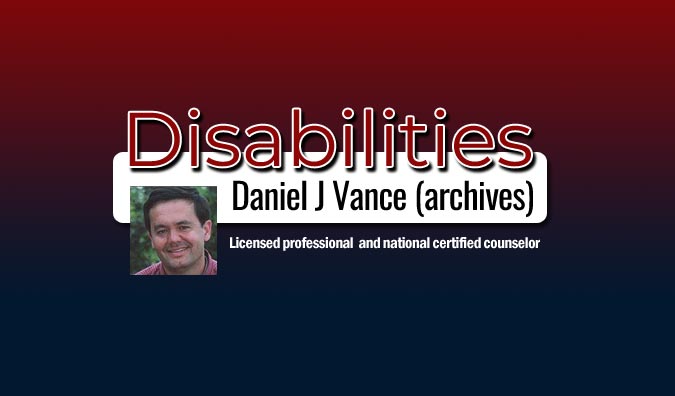Often, difficult trials can work out for a person’s good. Take 44-year-old Dr. John Shepherd of Omaha, Nebraska, for example.
“Because of chronic back and knee pain years ago, I was no longer able to sit and do surgery,” said Shepherd, an ophthalmologist, which is an eye doctor trained to perform complicated eye surgeries.
Unable to perform surgeries in his chosen profession, and having to endure chronic pain, his career and emotions began freefalling. “I was constantly looking for a fix to my pain,” he said. “I’d say to a doctor, ‘Here is my knee, fix it, my back, fix it.’ They couldn’t fix it. But none of them ever said to me, ‘This is how it is. Learn how to live with your pain and adapt.'”
Eventually, he did learn to adapt.
About three years ago, Dr. John Shepherd helped found the Weigel Williamson Center for Visual Rehabilitation, now one of the nation’s largest centers serving people with low vision. And he no longer does surgeries.
“Low vision” refers to people that have impaired vision caused by eye conditions such as macular degeneration, glaucoma, diabetic retinopathy, stroke, and retinitis pigmentosa. Surgery, glasses or medication often can’t correct these conditions. Instead, Shepherd helps these people adapt by introducing them to magnification and telescopic devices, home adaptations, writing templates, “talking” watches, clocks and calculators, and other devices. The Center also has optometrists and an occupational therapist.
“About 80 percent of my patients have macular degeneration,” he said. “It’s a chronic, irreversible disease. There isn’t a cure, just like there wasn’t for my chronic pain. In part, I help them get to a point of acceptance and to learn how to adapt to their condition. It’s often a difficult journey to go through. I know because I’ve been through it. We can provide them with resources, tools, and training to help them use the vision they have the best they can. I know they want their eyesight to be the way it used to be, but no doctor can do that.”
About 15 million Americans have impaired vision, and a number of low vision centers have sprung up around the nation the last ten years to serve them. Shepherd said you can learn more about low vision services by talking with your eye doctor, calling your state service for the blind or visually impaired, or visiting the nonprofit website, visionconnection.org.
(21+ years strong)
Welcome to the brighter side!
Get in front of local customers! 24/7 (365)





















